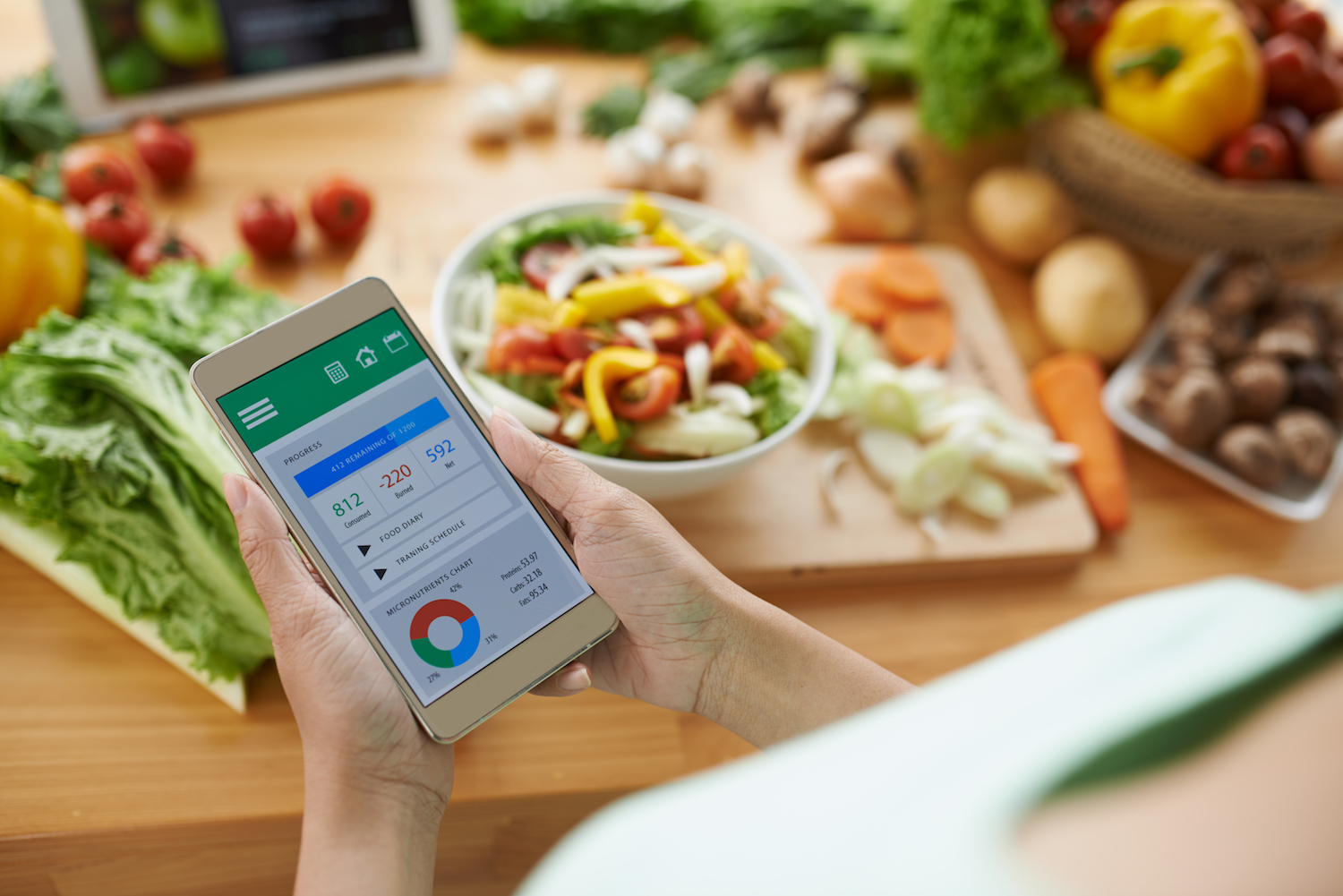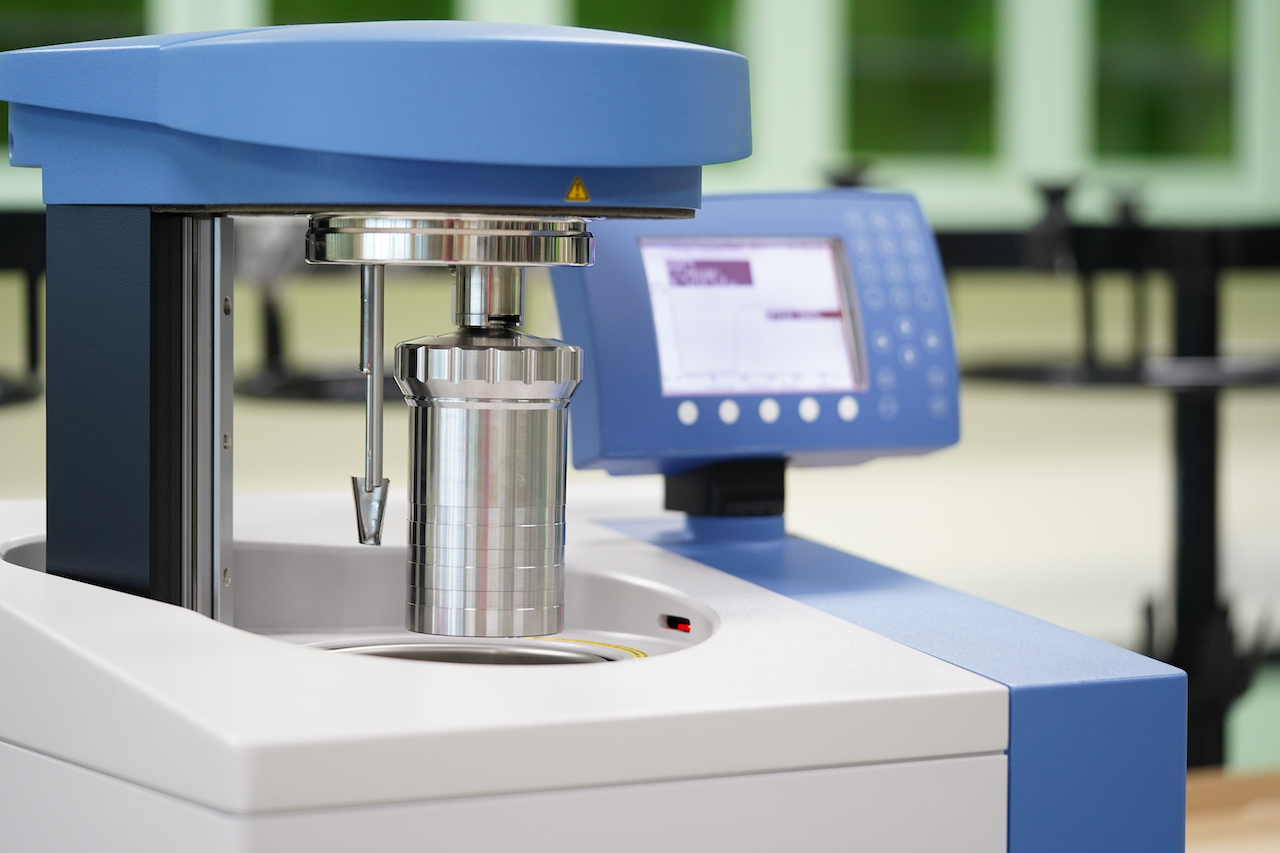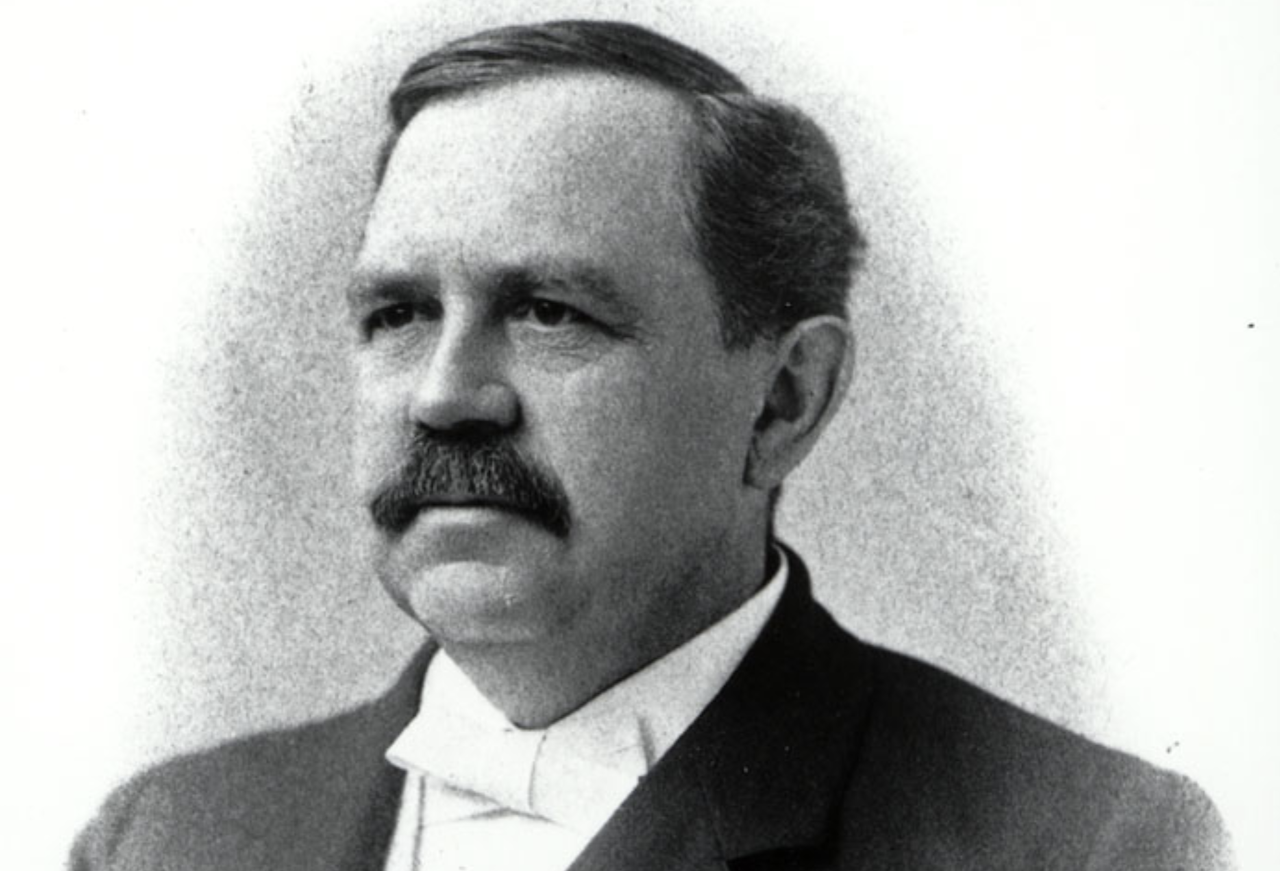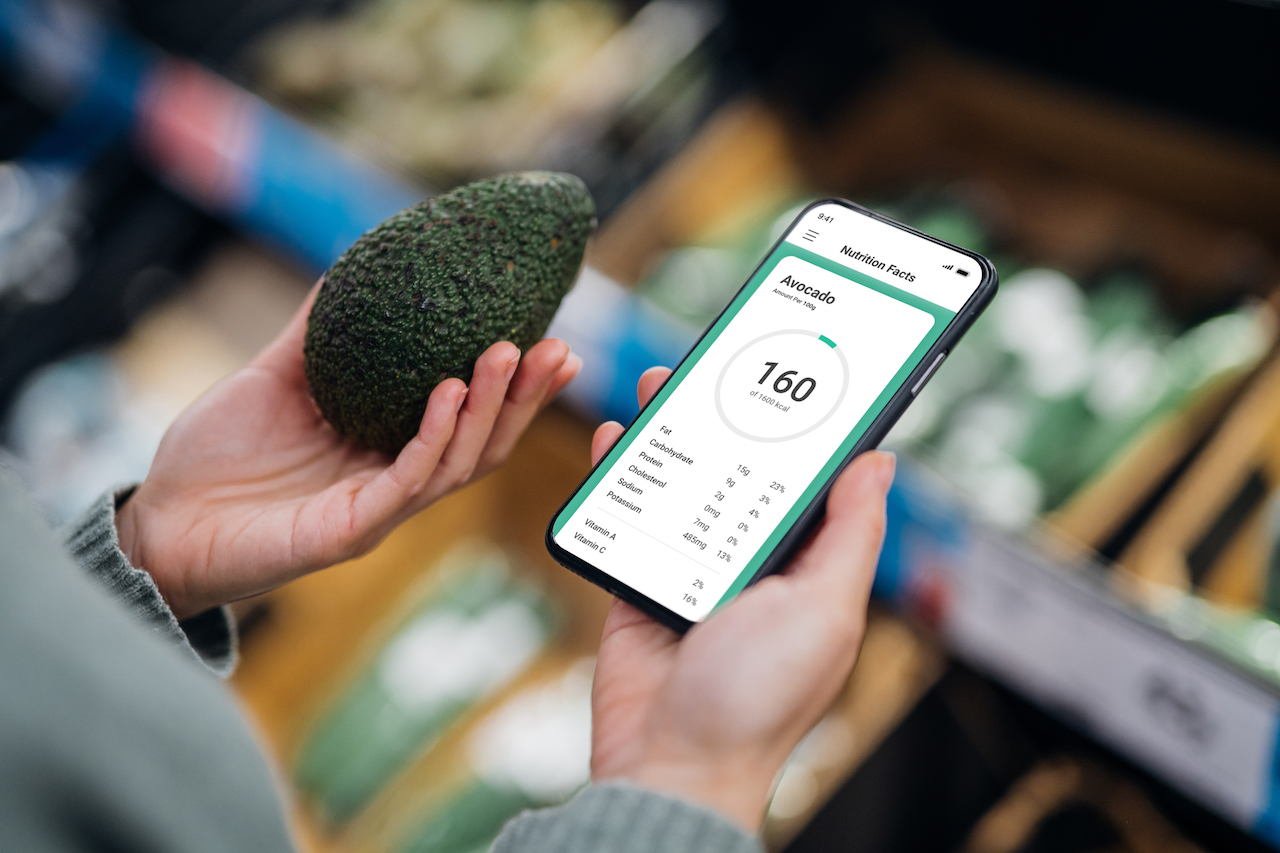How calories are calculated: The science behind your food
Scientists have developed methods to determine how calories are calculated

When monitoring their weight, many people calculate calories in food to keep track of their energy intake, according to research in The American Journal of Clinical Nutrition. But what exactly are calories, why are they calculated and how do food scientists determine whether a granola bar has 100 or 300 calories?
What is a calorie?
A calorie is a unit of energy, not a measure of weight or nutrient density. The calories you see on nutrition labels, however, are actually kilocalories, or kcals, according to the National Health Service (NHS) U.K. Food packaging always refers to kcals, even though it just says "calories." One kcal is the amount of energy required to heat 1 kilogram of water by 1 degree Celsius (2.2 lbs. of water by 1.8 degrees Fahrenheit), said Grace Derocha, a registered dietitian and health coach at Blue Cross Blue Shield of Michigan.
Calories in our food all come from one of the three macronutrients: fat, carbohydrates and protein, Derocha told Live Science.
Related: What if you ate only one type of food?
Calculating calories with a bomb calorimeter
In 1990, the U.S. government passed the Nutritional Labeling and Education Act, which standardized the information, including calories, that nutrition labels must disclose. That means that before any packaged food in the U.S. hits the shelves, food scientists have to measure its macronutrients and calories. One way to do this is with a tool called a bomb calorimeter.
Related: Amino acids to zinc: A glossary of nutrition terms

This tool directly measures the amount of energy that a food contains, said Ruth MacDonald, professor and chair of food science and human nutrition at Iowa State University. To use this tool, scientists place the food in question in a sealed container surrounded by water and heat it until the food is completely burned off. Scientists then record the rise in water temperature to determine the number of calories in the product.
But bomb calorimeters aren't the only way to measure calories. Food scientists also rely on a calculation developed by the 19th-century U.S. chemist Wilbur Atwater, who determined a way to indirectly estimate the number of calories in food products.
Calculating calories with the 4-9-4 system
Atwater introduced this technique — known as the 4-9-4 system — because calorimeters don't take into account that humans lose some calories through heat, as well as by passing urine and feces, Live Science previously reported. Atwater overcame this limitation by calculating the number of calories in different foods and then testing poop to see how many calories were expelled. His experiments revealed that proteins and carbohydrates each have about 4 calories per gram (0.04 ounces) and fats have 9 calories per gram, hence the 4-9-4 system. He also found that alcohol has 7 calories per gram.

"Let's say you have a food that contains 10 grams [0.35 ounces] of protein (10 x 4 = 40) and 5 grams [0.2 ounces] of fat (5 x 9 = 45), then the total caloric value is 40 + 45 = 85 calories," MacDonald told Live Science in an email.
Related: What is metabolism?
However, even though food scientists have since modernized Atwater's calculation, some experts say that the Atwater system is outdated and inaccurate. A 2012 study published in the American Journal of Clinical Nutrition found that the energy content of certain foods, such as nuts, cannot be accurately calculated by the Atwater system. Plus, the FDA allows for a 20 percent margin of error for nutrients listed on a food label, including calories, meaning that these calorie counts aren't incredibly accurate.
But even if the calorie label had no margin of error, "[this method] does not take into account the digestive process, but assumes complete conversion of nutrients to energy," Macdonald said. "That doesn't happen in humans, although our bodies are pretty efficient at recovering energy from food."
For now, the calorie count on your granola bar or cup of instant ramen was more than likely calculated through the classic Atwater system, but in the future, that method might be obsolete.
Why do people count calories?
The calorie data supplied on food packaging allows people to calculate their personal intake. This can be helpful information to stop people from consuming too much, according to the NHS.

Some foods, such as protein and fat, make you feel full more quickly than food such as carbohydrates. This can lead to someone consuming less calories when on a protein-rich diet than on a carbohydrate-rich diet, despite feeling equally as full, according to the NHS. By quantifying the energy inside food, the consumer can become better aware of the energy they are supplying their bodies.
Calculating exercise calories
Devices that monitor exercise, such as a treadmill or fitness tracker, usually displays ‘live’ data of how many calories are burned by an individual per exercise session. These devices don’t display the total number of calories burned by the body in that time, but an estimate to the number burned due solely to the physical exertion. To estimate the calories burned, these devices incorporate personal facts into their algorithms, according to an article published in the Journal of Parallel and Distributed Computing in 2018. This includes age, gender, height and weight.
From this information, smart devices can estimate a person’s BMR (Basal Metabolic Rate). This is the amount of energy that the body expends while at rest, and carrying out daily biological functions, according to the Encyclopedia of Animal Cognition and Behaviour.
Additional resources
- Explore the calories of different foods: Harvard Health Publishing
- Check the calorie count of over 150,000 different food and drinks: NHS calorie checker
- Read about the fundamentals, instrumentation and applications of calorimetry: Calorimetry (2014)
Sign up for the Live Science daily newsletter now
Get the world’s most fascinating discoveries delivered straight to your inbox.










